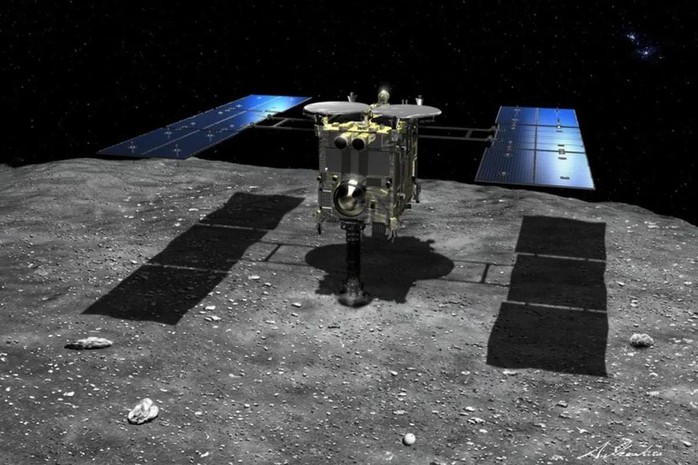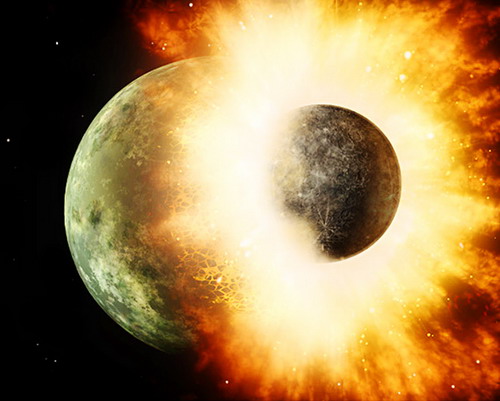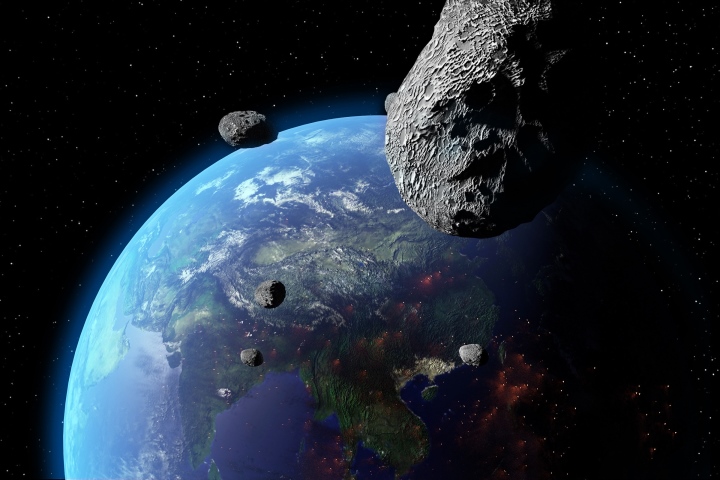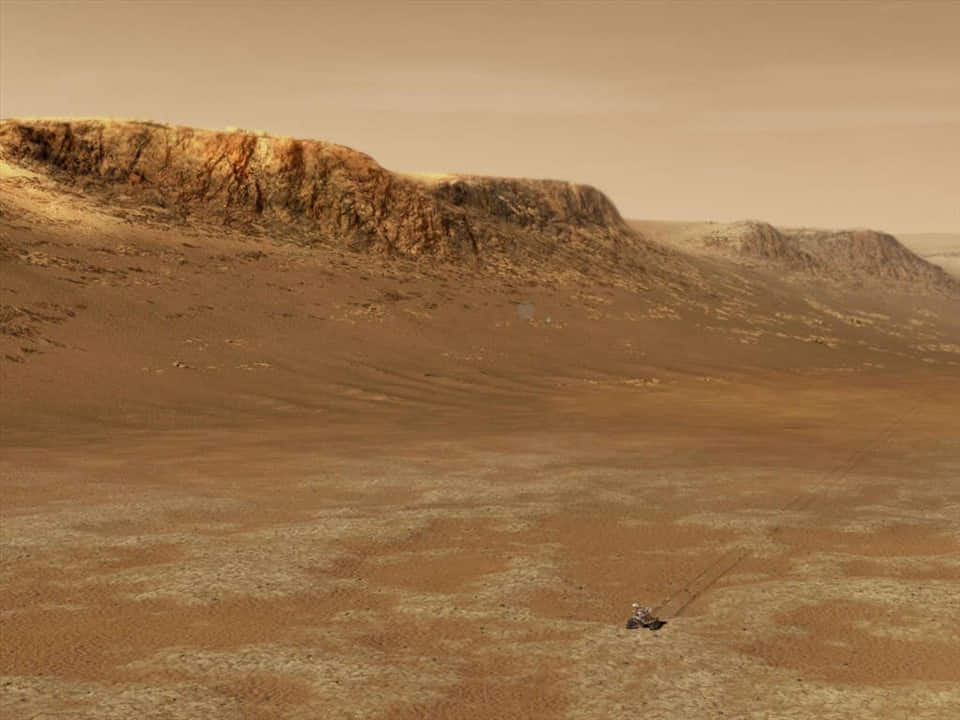Samples from “Dragon Palace” – the ancient asteroid visited by Japan’s Hayabusa 2 – have shed new light on the history of Earth and the entire solar system.
According to SciTech Daily, scientists from the Paris Institute of Geophysics have identified new isotopic signatures from samples of the asteroid Ryugu – named after the Dragon Palace in Japanese mythology.

These isotopes reveal Ryugu’s composition to be close to the Ivuna-like (CI) group of carbonaceous chondrites; At the same time, the material of this asteroid is similar to material from the outer solar system (the area from Jupiter outward), which accounts for 5-6% of Earth’s mass.
The results, just published in the scientific journal Nature Astronomy, take a big step forward in clarifying what helps structure Earth and other objects in the solar system.
The space rocks CI and Ryugu belong to are the most primitive asteroids and meteorites in existence, believed to have a composition that corresponds to the earliest solar system. Previous studies have not confirmed that Ryugu is CI, because of problems related to some isotopes.

This is a difficult problem because most meteorites that land on Earth – including CI prototypes – can be slightly contaminated on the way.
But research published on December 12 proves that the ratio of two important isotopes, copper and zinc, in Ryugu matches CI completely and is completely different from other space rocks.
Thus, its zinc isotopic composition can be used to study the accretion of moderately volatile elements on Earth, because the material that constitutes it is certainly also part of the planet’s body. our spirit.

This study also determined that 5% of the Earth is made up of the same things that built the “Dragon Palace”.
Japan’s Hayabusa 2 spacecraft successfully approached Ryugu in June 2018 and successfully returned to Earth a sample from this ancient asteroid, which contains the most primitive components of the solar system.

The Ryugu sample was divided into many groups of scientists around the world to study with the common goal of revealing the mystery of the origin and formation of the world to which we belong. This new research once again proves that what the Japanese brought back from the “Dragon Palace” is a priceless treasure of the astronomy world.





